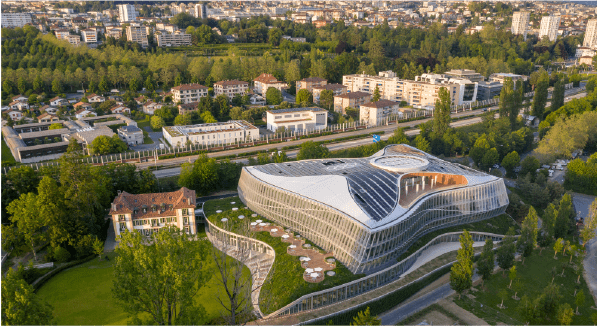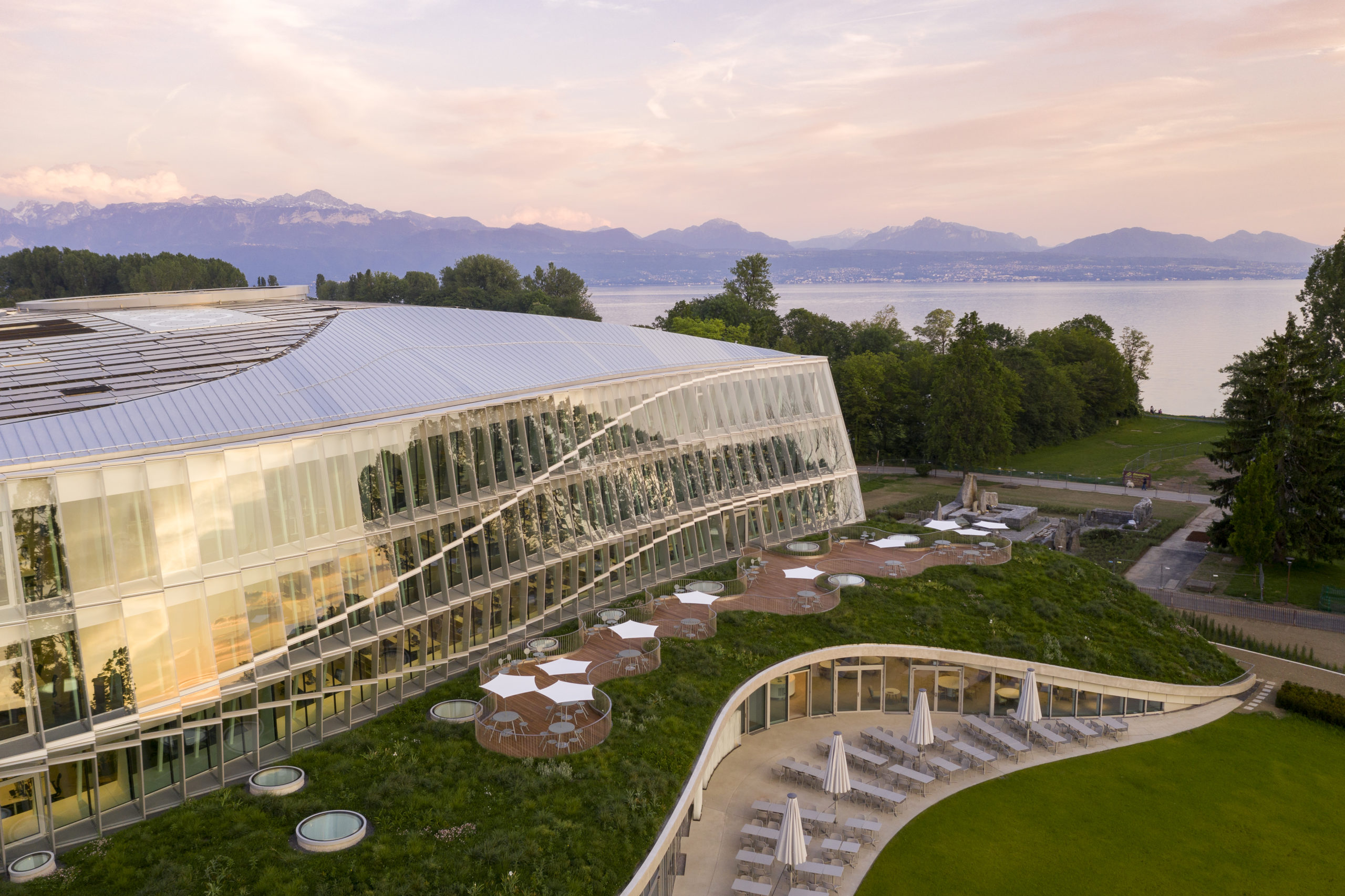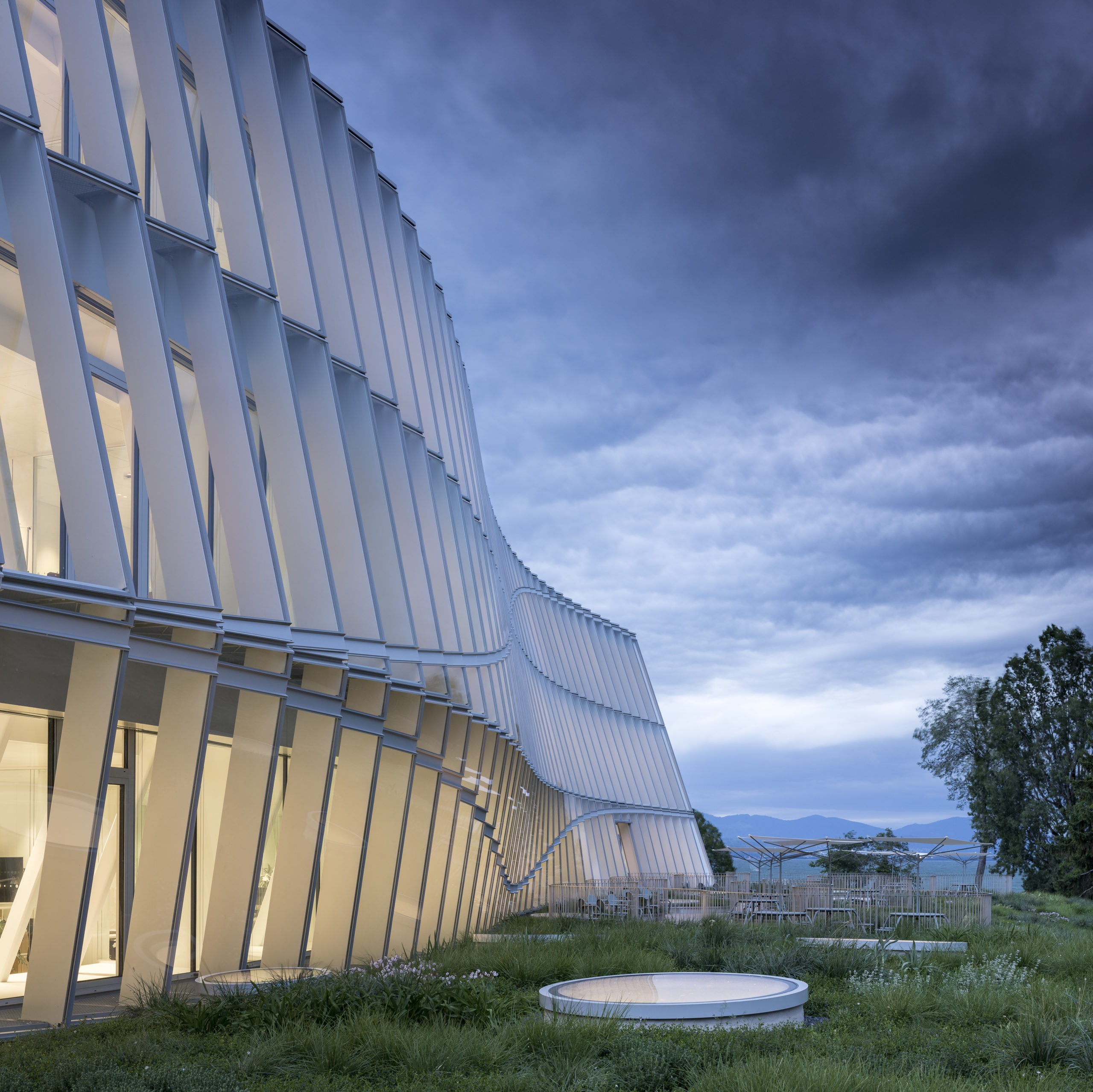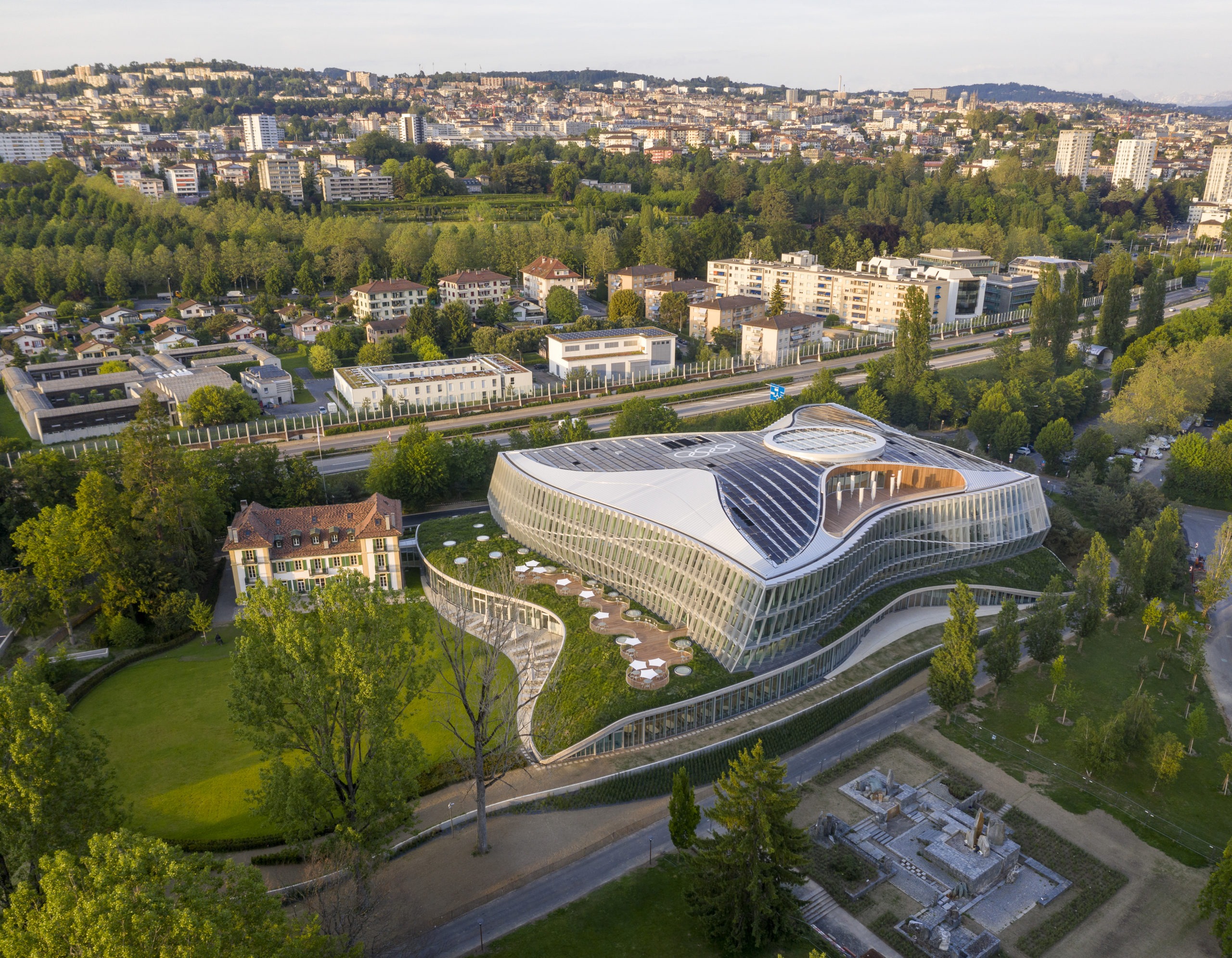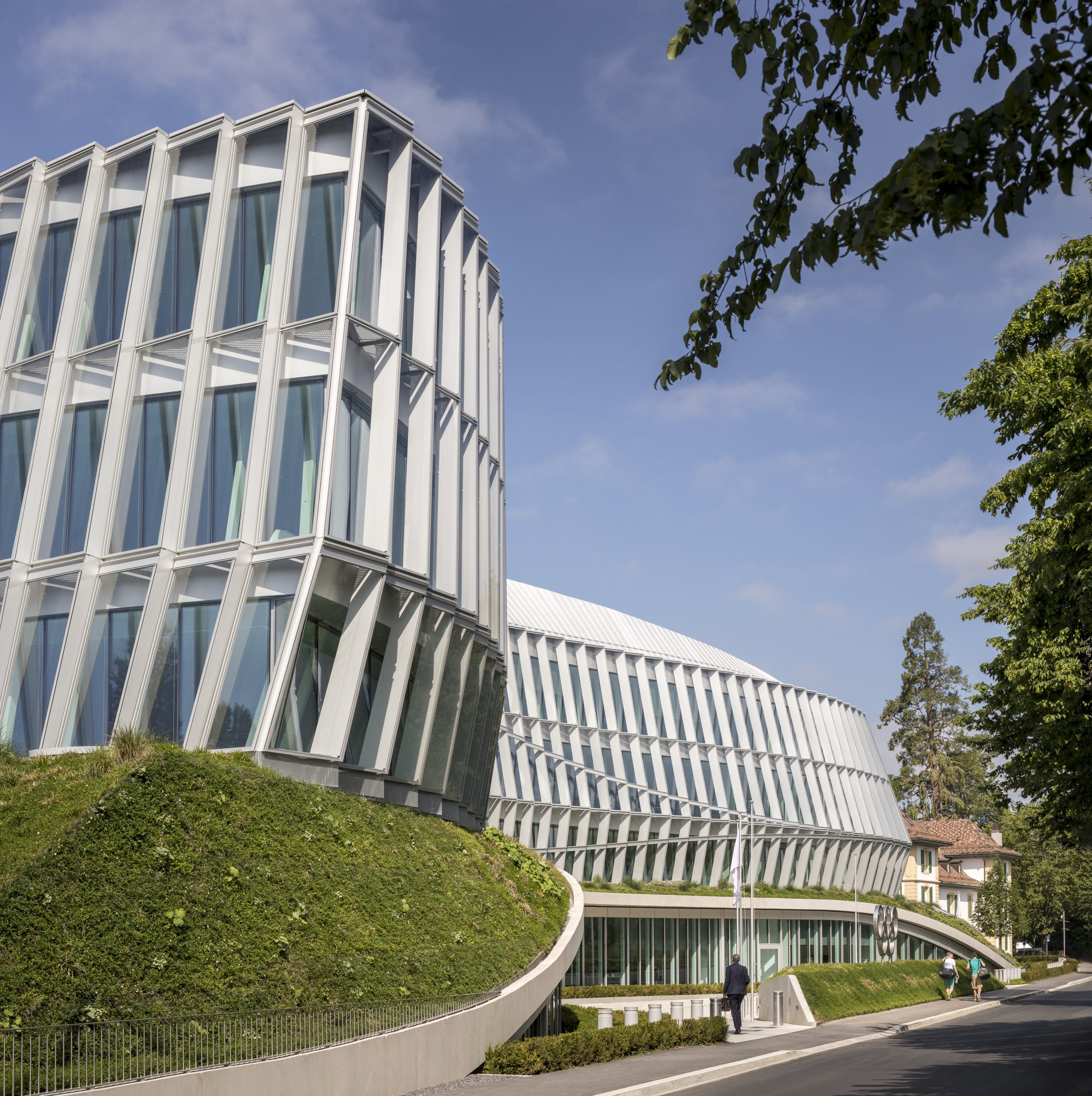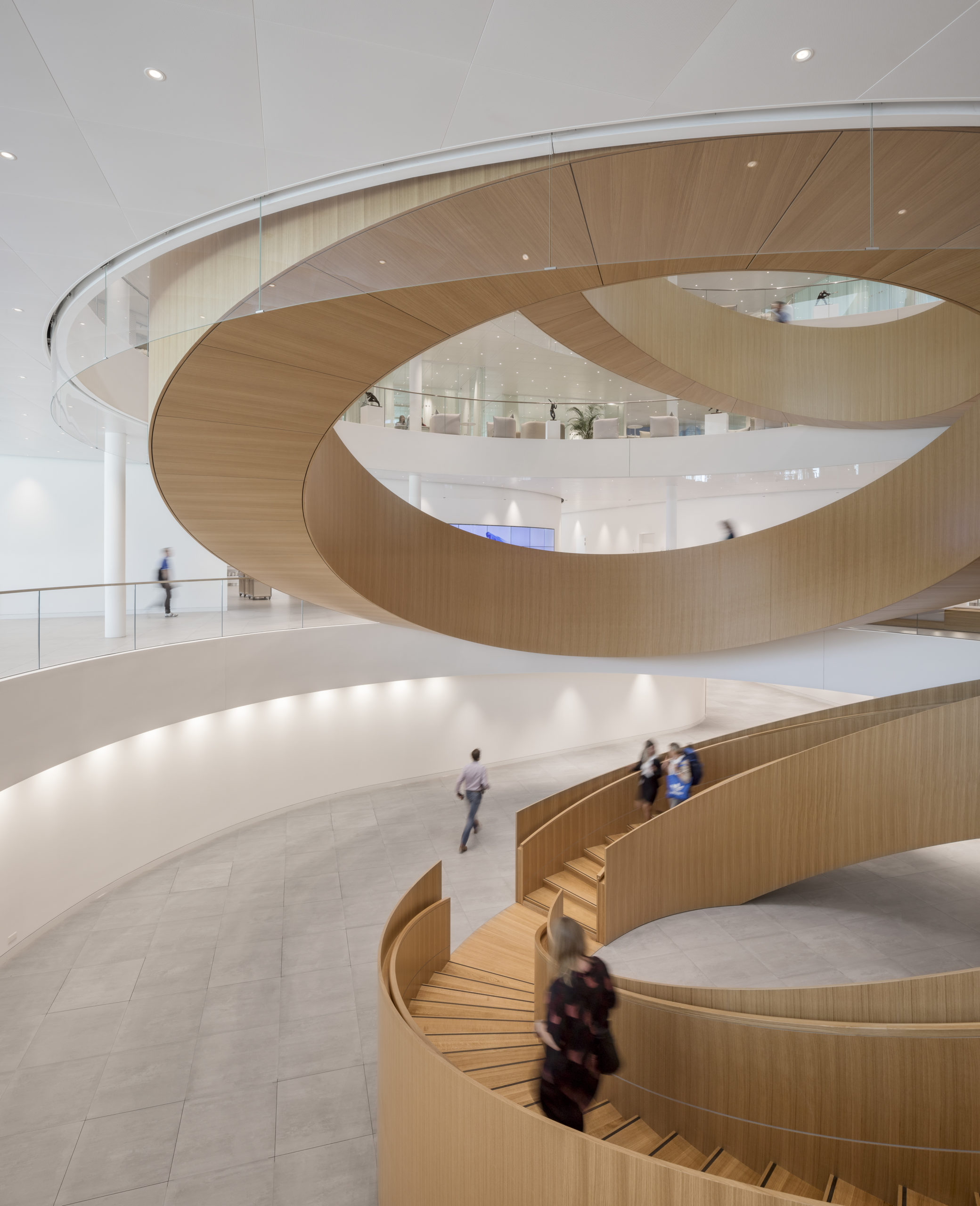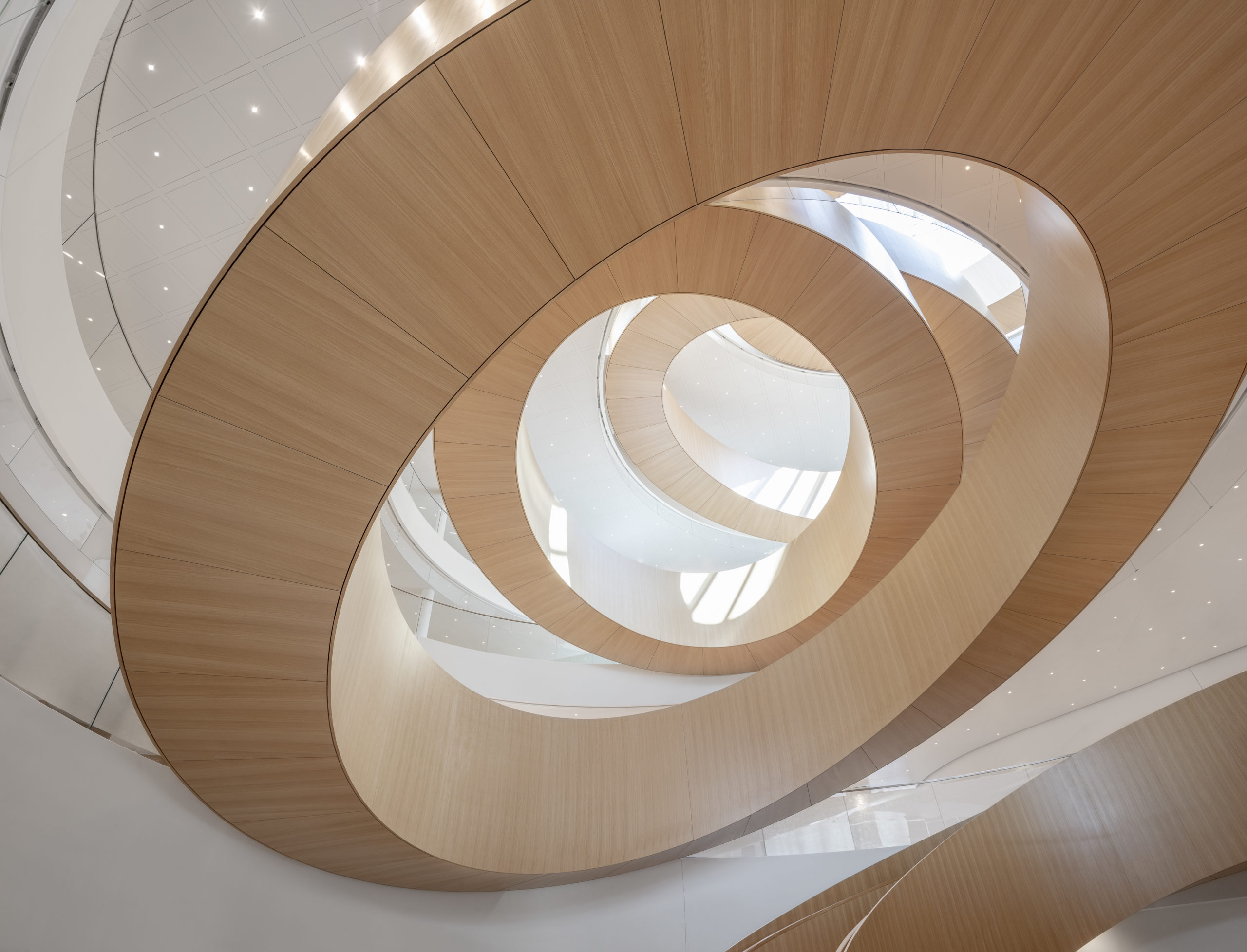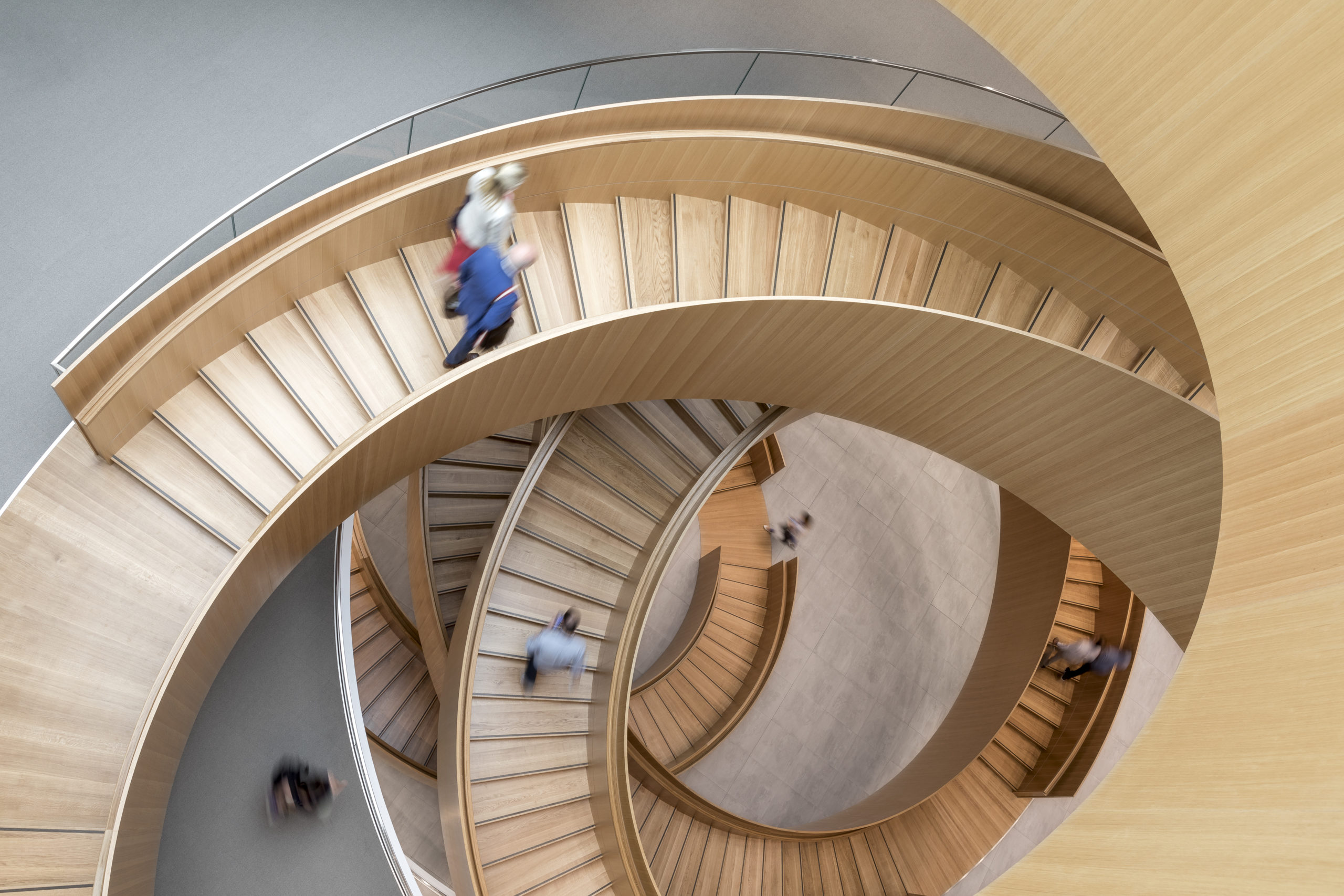The International Union of Architects (UIA) and the International Olympic Committee (IOC) collaborated to launch a two-stage international architectural competition in 2013.
View the call for entries here
The selection documents were published on 28 March 2013. The 12 candidates chosen to take part in this project competition, by the jury in Lausanne on 17 June 2013, were the following architecture practices:
- Jean Marc IBOS – Myrto Vitart (France)
- XDGA – Xaveer De Geyter Architecten (Belgium)
- Brasil Arquitetura Ltda. (Brazil)
- Groupe 3 Architectes S.N.C. (Morocco)
- AL_A – Amanda Levete Architects Ltd (United Kingdom)
- Toyo Ito & Associates, Architects (Japan)
- Office for Metropolitan Architecture (Netherlands)
- Nieto Sobejano Arquitectos GmbH (Germany)
- PIUARCH S.r.l. (Italy)
- 3XN (Denmark)
- Diller Scofidio + Renfro (USA)
- Farshid Moussavi Architecture (United Kingdom).
The second step of the procedure (architecture competition) was launched on 30 July 2013. The jury session took place in Lausanne on 7 and 8 December 2013.
Read more about the competition here
Read more about the project by 3XN
The International Olympic Committee (IOC) officially opened Olympic House – one of the most sustainable buildings in the world – on 23 June 2019. The inauguration was the highlight of the celebrations to mark the 125th anniversary of the IOC.
Developed by Danish architecture firm 3XN, Olympic House was designed around the five key elements of symbolism, integration, flexibility, collaboration and sustainability. The firm partnered with Swiss architects IttenBrechbühl to oversee the construction of the building. The result is a building that authentically reflects Olympism, the Olympic Movement and the role of the IOC as a catalyst for collaboration in an iconic form.
